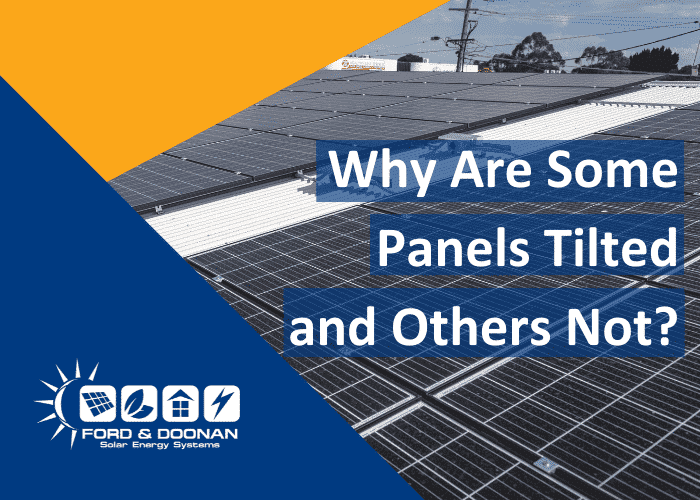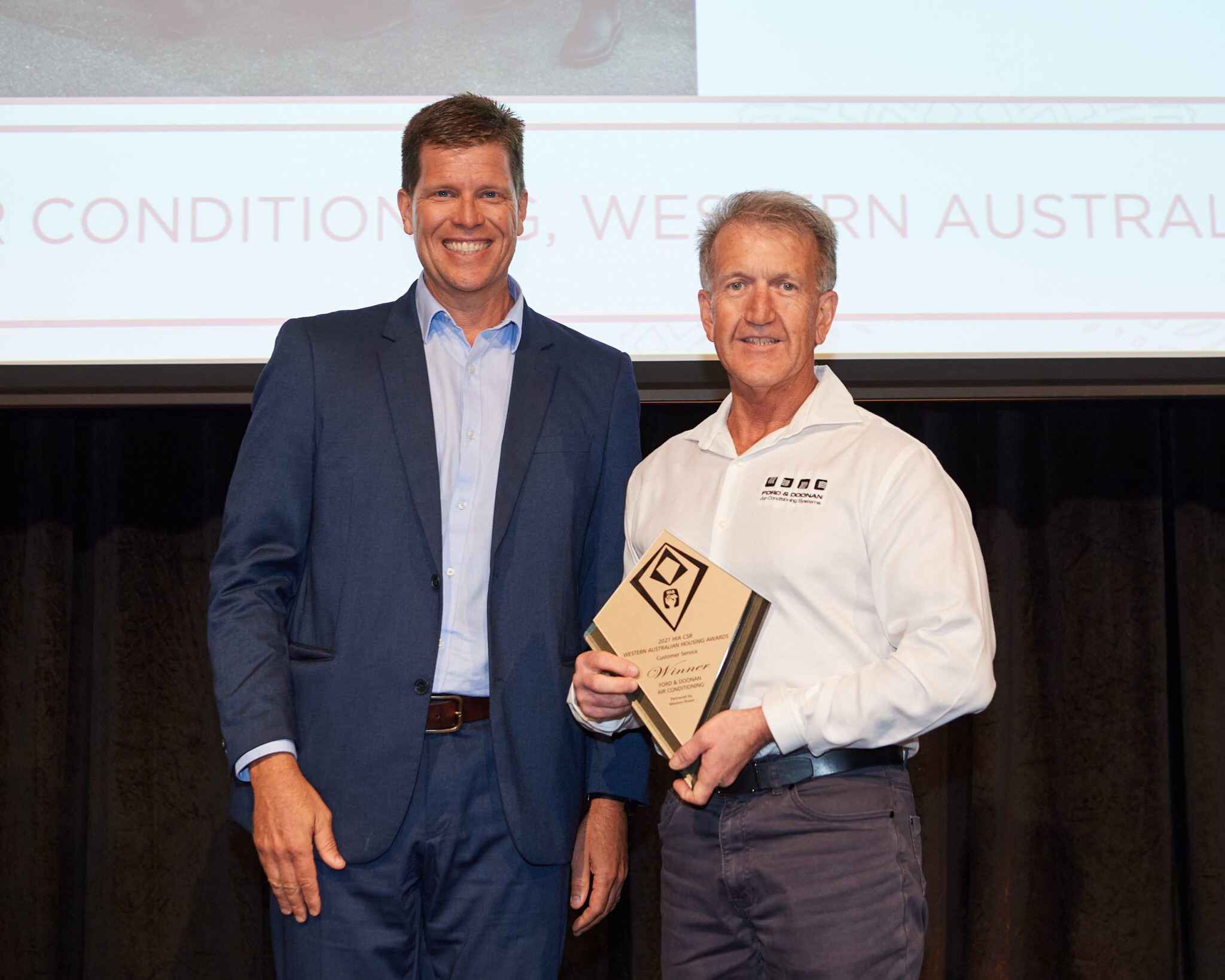What is Solar and How Does it Work?
Solar Photovoltaic or Solar PV systems convert sunlight directly to electricity by means of PV cells made of semiconductor materials. The electricity generated is direct current or DC, this DC electricity needs to be converted to alternating current or AC, before being suitable for powering your home or office lights or appliances. This conversion is done by an “Inverter”. The inverter is a wall-mounted box about the size of a briefcase that is usually located undercover on an outside wall, or inside a carport or garage.
The solar panels that collect the sun’s energy, of course, are located on the roof, in almost all cases. The panel’s orientation toward the sun is critical to maximise electricity being generated.
The following can limit their ability to generate electricity:
- Trees or other buildings that shade the panels for all or part of the day
- The angle that the panels are mounted affects performance
- Dirt, dust, and bird droppings that fall onto the glass panels that cover and protect the solar cells. Regular cleaning of the glass panels is recommended for this reason.
The Solar cells, unfortunately, reduce in efficiency over time and produce less electricity as the years go by – manufacturers should quote both their panel’s initial efficiencies and efficiency drop off rates over the life of the panel. These two points are important to evaluate when deciding on a new solar system. The higher priced panels are more efficient day 1 and years later than the cheaper panels.
The inverters are just as important to evaluate as the panels are. Once again the more expensive inverters are more efficient and will last longer. Most inverters carry a 5 year manufacturers warranty and efficiency guarantees. Inverters are available in single (1) phase or three (3) phase models and almost all inverters connect to an app, so the owner can easily view the solar systems output so the electricity can be utilised most efficiently.
Cost vs Savings?
The cost versus savings associated with installing Solar PV to your home or commercial building have never been as favourable as they are now. Thanks to the Federal Government’s generous rebates that are settled via small scale renewable energy schemes (STC’s) one could not imagine the capital cost of installing solar getting any lower.
Let us go through the return on investment (ROI) assuming a typical household in Perth:
Installed Solar PV system – 6.6kW of panels and 5kW inverter
Approximate power created annually: 8200 kWh
Approximate cost of installing the solar system: $3990.00**
Return on investment: 31% in year 1
Payback period on capital: 3.2 years
** Typical single story home in Perth, after STC’s applied at $36.00/STC. Typical useable value of power created $1,250
NOTE: As commercial power tariffs are 15% higher than residential the ROI is even higher
Considering the historically low cash interest rates available in 2019 of sub 2% pa the return of 31% is clearly extraordinary!
Let’s not forget the environmental benefit of installing solar either. Generating greenhouse gas-free energy is helping our planet now and well into the future.
The Financial Case for Solar
The financial case for installing solar PV is clear considering purely the cost versus the power generated.
However, unless you are actually consuming the generated power or storing it in batteries, any excess power generated but not used will be fed back into the electricity grid and available for others to use.
Unfortunately, the feed-in tariffs offered by Synergy are very low at 7.135 cents per kWh. Considering Synergy charge electricity when you buy it from them at 26.2 cents per kWh it is best to use as much free solar power during the day as you can, and not sell it back to synergy.
To use all the power you generate the homeowner will have to modify some of their household appliance typical usages. For example operate all the power-hungry appliances during the day such as pool pump, dishwashers, electric hot water systems, dryers and the like.
In commercial applications, using the power generated is much easier as businesses typically trade during sunlight hours of the days, and all power generated can be more consumed.
Don’t oversize your solar system
With Solar PV bigger is not necessarily better. As we have demonstrated already generating excess power that can’t be used or stored reduces the return on investment and the payback period due to the low feed-in tariffs.
It is important your Ford & Doonan Solar expert review your power usage patterns and previous electricity accounts to ensure the correct sized solar system is being selected.








